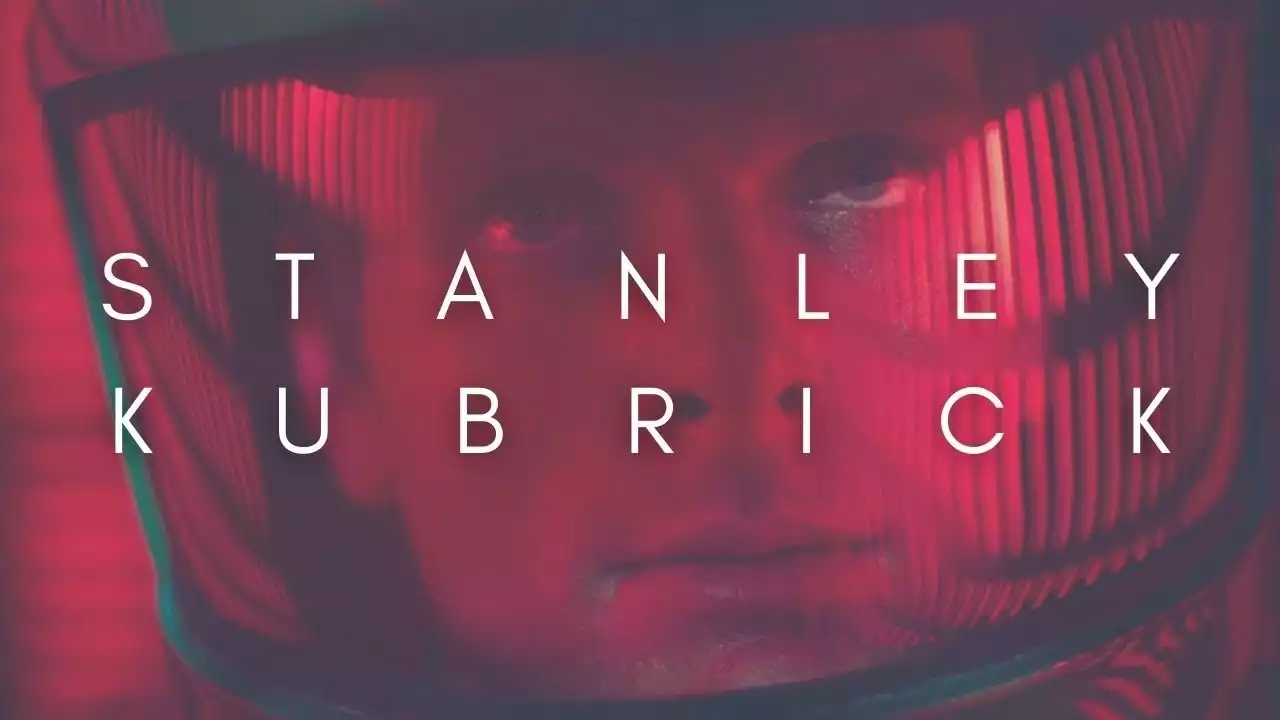When you look at the filmography of Stanley Kubrick, some themes start to appear. He has several films about the corruption of society and individuals, characters trapped in impossible situations, and people who feel out of place in the world. With his films he also shows that he has an interest in the human eye, often using it as a symbol to represent something or someone. So when reading Anthony Vidler’s book Architecture and Memory from which most of these quotes come it isn’t surprising that many of them are related to Kubrick’s work as a filmmaker. The best directors can take any subject and make it their own. These quotes show how Kubrick used architecture and memory as inspiration for his films through an exploration of the past, religion, and science fiction.
The Beauty Of Stanley Kubrick
2001: A Space Odyssey
Kubrick’s most famous film is his science-fiction epic “2001: A Space Odyssey”. Set in the year 2001, the film tells the story of a computer called HAL 9000 and the human astronauts on a journey to Jupiter after discovering an alien artifact on the Moon. The movie is known for its visual effects and its slow pacing, which Kubrick used to make the film both visually interesting and thought-provoking. The film begins with the famous “Dawn of Man” monologue that shows a group of primates on the African savannah. This was inspired by the architecture of Egyptian and Mesopotamian ziggurats and temples that Kubrick had seen on a trip to Southern Spain where he visited the ancient city of Córdoba.
A Clockwork Orange
Kubrick’s next film is his dystopian future movie “A Clockwork Orange” based on the book by Anthony Burgess. It is a story about a young man named Alex who leads a gang of thugs who enjoy “ultra-violence”, but ends up getting arrested and being forced to undergo a new type of treatment called the Ludovico Technique. The movie is best known for its soundtrack by Wendy Carlos and its iconic imagery including the “Singing in the rain” sequence that shows Alex’s “ultra-violent” fantasy being replaced with a scene from “Singin’ in the Rain” as he is forced to watch the movie. This sequence is inspired by the idea that people’s memories are like a sequence of images that can be triggered by certain sounds or scents.
The Shining
Kubrick’s supernatural horror film “The Shining” is loosely based on the Stephen King novel of the same name. The story follows Jack Torrance, who agrees to become the winter caretaker of the remote hotel called the Overlook Hotel in Colorado to earn enough money to support his family. The hotel is haunted by ghosts and Jack slowly starts to lose his sanity. Many of the architectural features of the Overlook Hotel were inspired by the Timberline Lodge that Kubrick had seen during a trip to Oregon. The Timberline Lodge is a historic landmark that was designed in the 1930s by the famous architect and artist W.A. ‘Bud’ Folger. The hotel is located in the middle of a dense forest, surrounded by tall mountains.
Barry Lyndon
Kubrick’s next film is another period piece, this time set in the 18th century. “Barry Lyndon,” tells the story of an 18th-century Irishman named Redmond Barry who becomes an opportunistic soldier and later an ambitious nobleman. The film is visually stunning and was Kubrick’s first attempt at creating a very stylized film. The movie is famous for its use of lighting, where the camera was placed inside a giant rotating wheel that rotated while filming and created different light patterns on the actors. The costumes were also inspired by the architecture of the time and were designed to show the distinction between different social classes.
The Ruins of Athens
The final chapter of Vidler’s book is about Kubrick’s never finished film called “The Ruins of Athens”, which was to be a documentary about modern Greek architecture. He traveled to Greece in 1971 but ended up filming a documentary about the city of Athens. In the documentary, he visits the Parthenon and other ancient sites, which are still standing but are in a state of disrepair. Since the documentary was never completed, there are only still images from the documentary that show the golden light of the sun and the blue light of the moon illuminating the ancient buildings.
Shadows and light
In one of the earlier chapters of the book, Vidler mentions Kubrick’s use of shadows and light as a metaphor for memory. In the section from the chapter about Kubrick’s “2001: A Space Odyssey,” he mentions how a light that moves slowly across a table creates a series of shadows in different directions. He writes that memories are like that table and the light that slowly moves across it. As the light slowly moves across the surface, the memories start to appear and disappear which causes the whole table to be covered with different shadows.
Stanley Kubrick Warner Bros. Entertainment
Conclusion
Kubrick’s films often explore the past, how society has changed over time, memory and how it is affected by architecture and light. His science-fiction film “2001: A Space Odyssey” begins with the Dawn of Man, while his horror film “The Shining” begins with the Timberline Lodge. He also explores the futuristic architecture of “A Clockwork Orange” and the modern architecture of “The Ruins of Athens”. His films show the importance of architecture in the way that it can either trigger or suppress memories.


 The Costa Rican Zebra Tarantula
The Costa Rican Zebra Tarantula
 What to Give Your Girlfriend on Valentine's Day
What to Give Your Girlfriend on Valentine's Day
 Tom Ford's Most Iconic Fragrances for Men
Tom Ford's Most Iconic Fragrances for Men The Genius of Alfred Hitchcock
The Genius of Alfred Hitchcock Martin Scorsese one of the All-Time Best Directors
Martin Scorsese one of the All-Time Best Directors James Cameron Academy Award-Winning Director
James Cameron Academy Award-Winning Director Famous and Successful Movie Directors
Famous and Successful Movie Directors